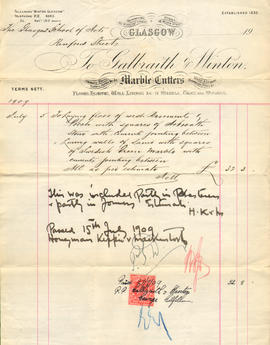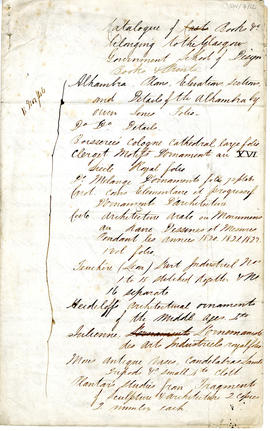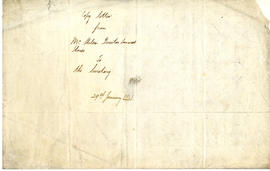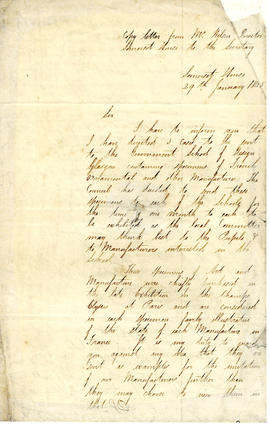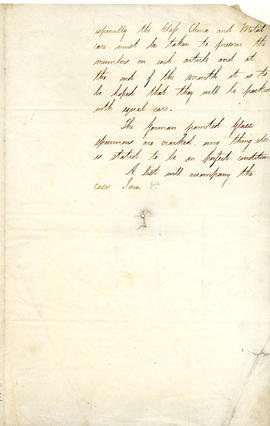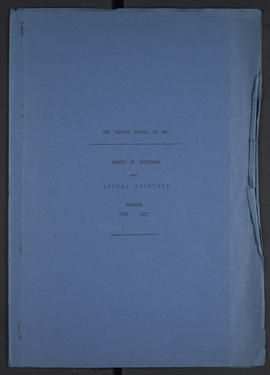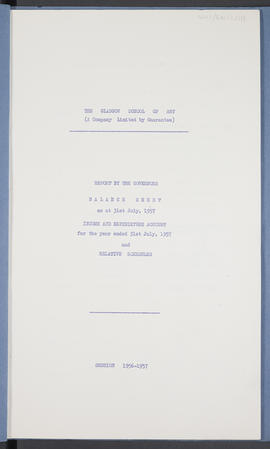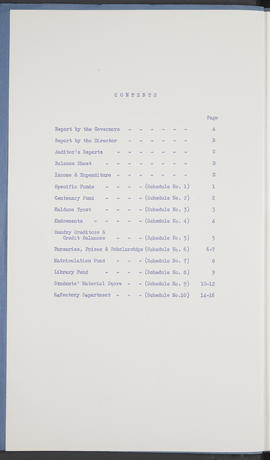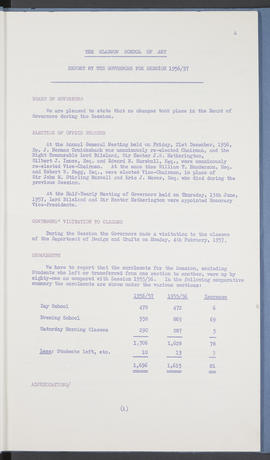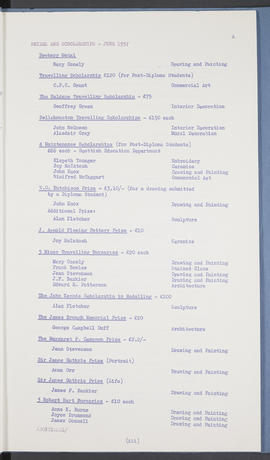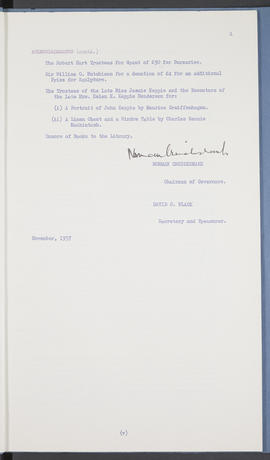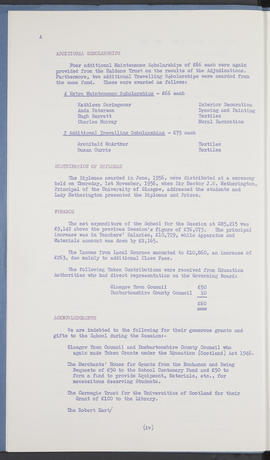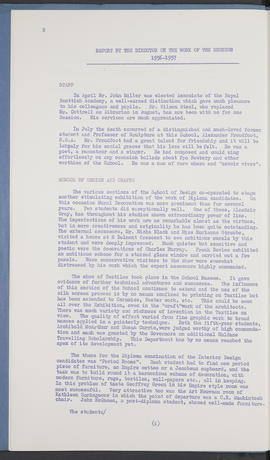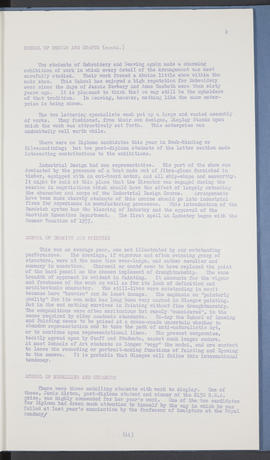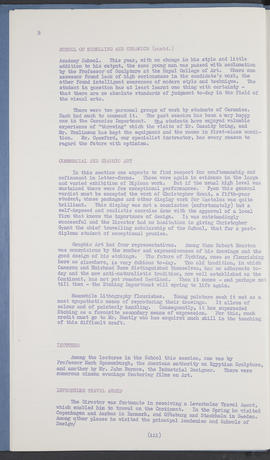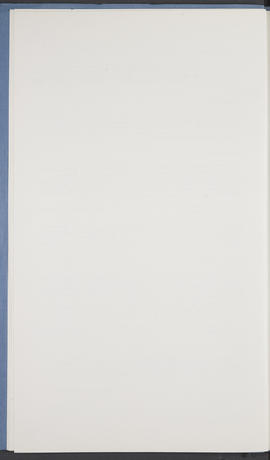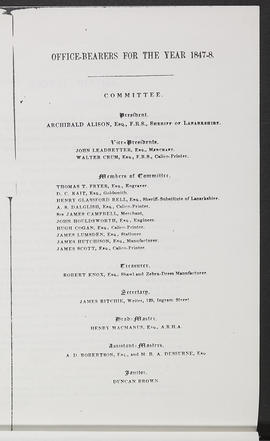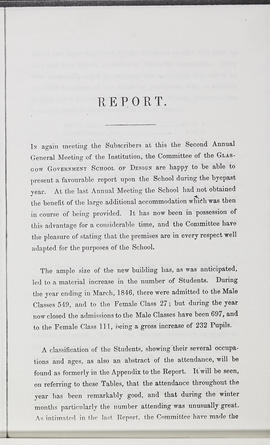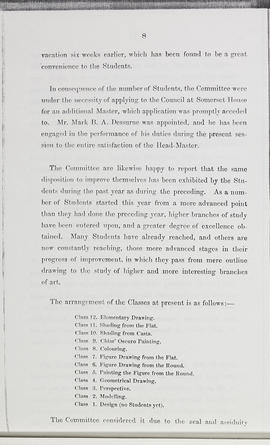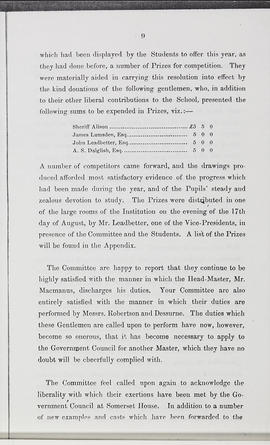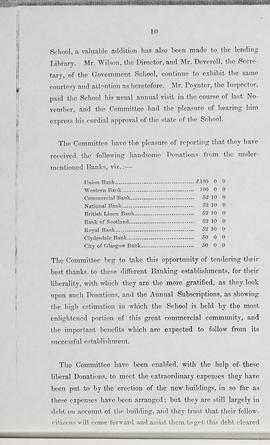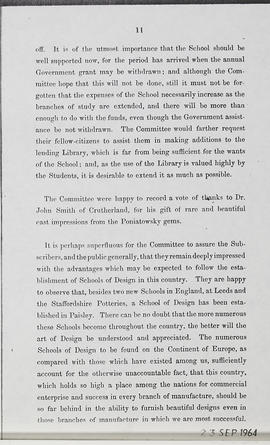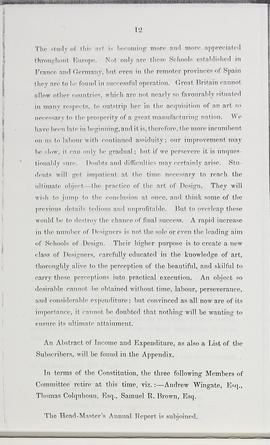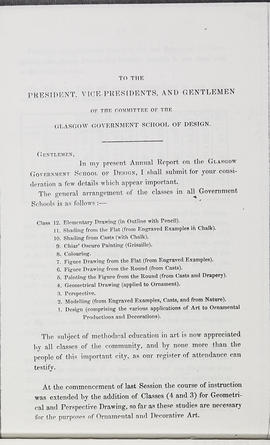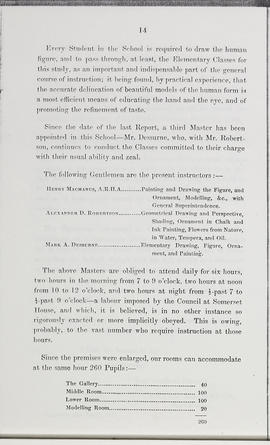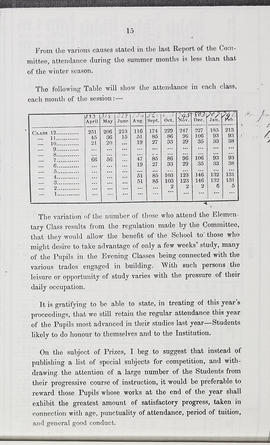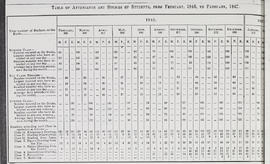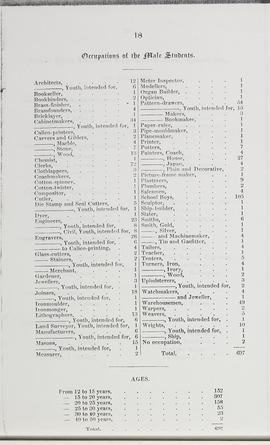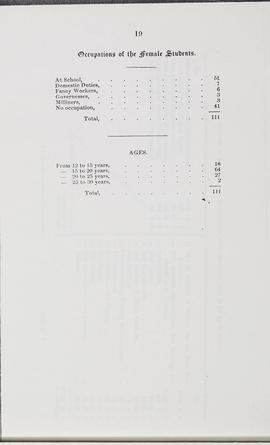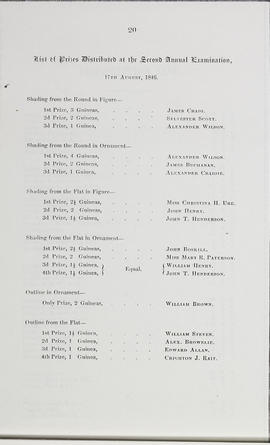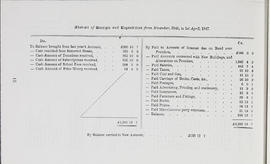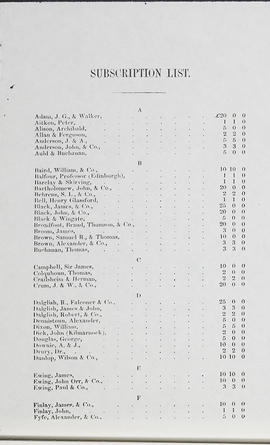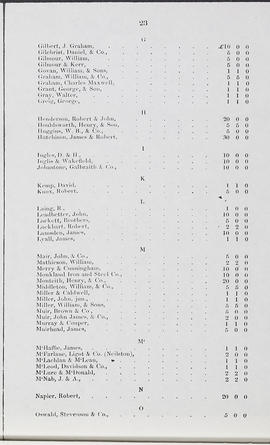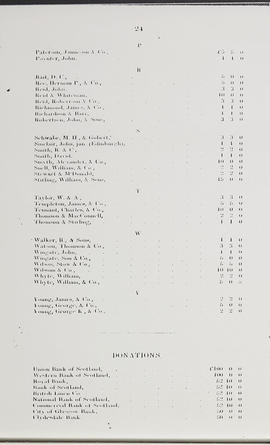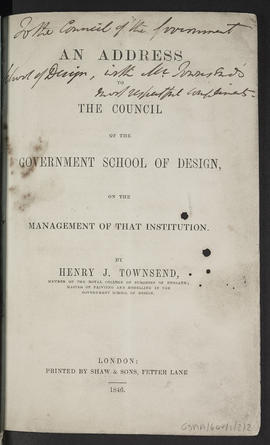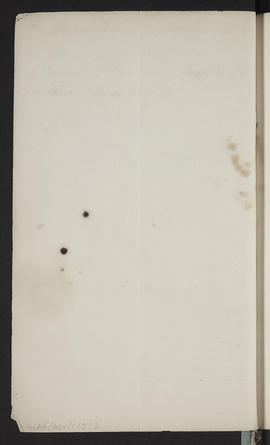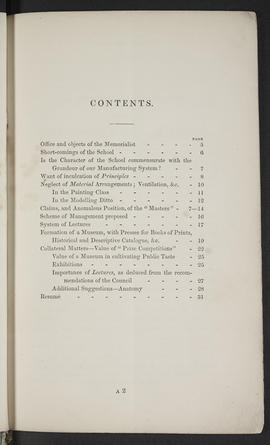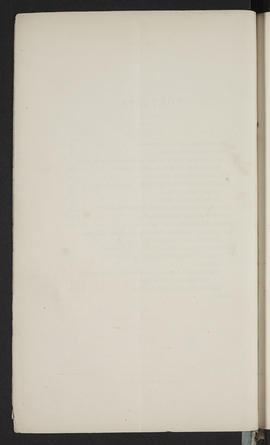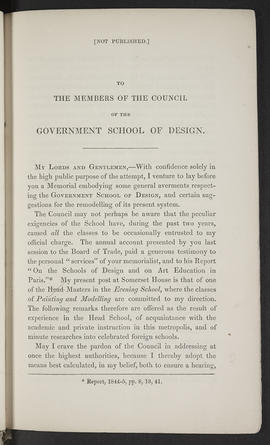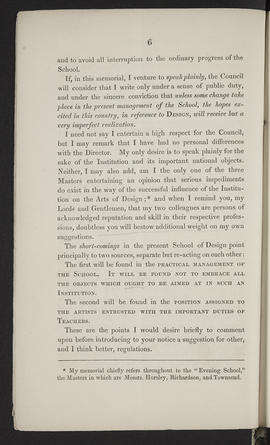Key Information
Reference code
Title
Date(s)
- 1844-2017 (Creation)
Level of description
Subfonds
Extent
23.6 linear metres
Content and Structure
Scope and content
Papers of the Board of Governors of the Glasgow School of Art. Includes: GOV/1: Annual reports, 1847-2016 GOV/2: Minutes, 1854-2017 GOV/3: Registers of attendance, 1943-1991 GOV/4: Foundational and Legal Documents, 1842-1999 GOV/5: Property Records, 1845-1949 GOV/6: School Committee and Finance Committee requirements book, 1899-1911 GOV/7: Inventories and Insurances, 1844-1976 GOV/8: Planning Documents, 1988-2001 GOV/9: Reporting Documents, 1893-2000 GOV/10: Correspondence and Working Papers, 1854-1932 GOV/11: Bursaries, Grants and Prize Funds, 1883-1993 GOV/12: Sub-Committees of the Board of Governors, 1987-2017 GOV/13: Other Committees, 1984-2017 GOV/14: Board of Governors Biographies, c2001-2003 GOV/15: Register of Interests, 2006-2009 GOV/16: Register of Directors, 1922-2002 Access Restrictions: Most records which are over 30 years old are available for public consultation. Records which are less than 30 years old can be accessed with the permission of the head of the relevant department of the school. Records containing sensitive information about individuals have been collected into separate folders that will be closed for 75 years, in accordance with the Data Protection Act 1998.
Appraisal, destruction and scheduling
This material has been appraised in line with Glasgow School of Art Archives and Collections standard procedures.
Accruals
System of arrangement
The records are arranged in thematic series in the order described in the description above.
General Information
Name of creator
Administrative history
The Glasgow School of Art has its origins in the Glasgow Government School of Design, which was established on 6 January 1845. The Glasgow Government School of Design was one of twenty similar institutions established in the United Kingdom's manufacturing centres between 1837 and 1851. Set up as a consequence of the evidence given to the House of Commons Select Committee on Arts and their connection with Manufactures of 1835-1836, the Government Schools hoped to improve the quality of the country's product design through a system of education that provided training in design for industry. Somerset House was the first of such schools to be established, opening in 1837, and others followed throughout the provinces.
In 1853 the Glasgow Government School of Design changed its name to the Glasgow School of Art. Following the receipt of some funding from the Haldane Academy Trust, (a trust set up by James Haldane, a Glasgow engraver, in 1833), The Glasgow School of Art was required to incorporate the name of the trust into its title. Consequently, it became the Glasgow School of Art and Haldane Academy, although by 1891 the "Haldane Academy" was dropped from the title. Glasgow School of Art was incorporated in 1892. In 1901 the Glasgow School of Art was designated a Central Institution for Higher Art Education in Glasgow and the West of Scotland.
Initially the School was located at 12 Ingram Street, Glasgow, but in 1869, it moved to the Corporation Buildings on Sauchiehall Street, Glasgow. In 1897 work started on a new building to house the School of Art on Renfrew Street, Glasgow. The building was designed by Charles Rennie Mackintosh, former pupil of The Glasgow School of Art. The first half of the building was completed in 1899 and the second in 1909.
The Government Schools ran courses in elementary drawing, shading from the flat, shading from casts, chiaroscuro painting, colouring, figure drawing from the flat, figure drawing from the round, painting the figure, geometrical drawing, perspective, modelling and design. All these courses were introduced from the start at the Glasgow School apart from that of design. The course in design was the "summit of the system" where students came up with original designs for actual manufactures or decorative purposes and it was not until 1849, when Charles Heath Wilson became headmaster, that classes in design began to be taught. Also in this year Bruce Bell was engaged to teach mechanical and architectural drawing.
After 1853 the above pattern of courses was extended to 26 stages which formed the national curriculum for art schools. This system was known as the South Kensington system. An Art Masters could be awarded by gaining certificates in the available subjects. There was no restriction on entry and students could take as long as they wished to accumulate their passes before being awarded their Art Masters.
In 1901 the Glasgow School of Art was given the power to award its own diplomas. In the same year Art 91D classes for day school teachers commenced which were later known as the Art 55 classes. From 1901 to 1979 the School of Art awarded its own diplomas and thereafter it awarded degrees of the Council for National Academic Awards. In the 1970s the School of Fine Art and the School of Design were established. With the demise of the Council for National Academic Awards, from 1993 Glasgow University awarded the School's degrees in fine art and design.
In 1885 the Glasgow School of Art taught architecture and building construction conforming to the South Kensington system. Following on from the designation of the School as a Central Institution and the empowerment of the School to award its own diplomas, the School and the Glasgow and West of Scotland Technical College worked together to produce a curriculum for a new course leading to a joint diploma.
In 1903 the joint Glasgow School of Architecture was established within the Glasgow School of Art in conjunction with the Glasgow and West of Scotland Technical College. For the new diploma design classes were to be taught at the School of Art and the construction classes at the Glasgow and West of Scotland Technical College. The first diplomas in architecture were awarded in 1910.
In 1924 the Glasgow School of Art became a university teaching institution when the University of Glasgow set up a BSc in Architecture which was to be taught at the School of Architecture. In 1964 the Royal College of Science and Technology (formerly the Royal Technical College, formerly the Glasgow and West of Scotland Technical College) merged with the Scottish College of Commerce to form the new University of Strathclyde. Following the merger the Glasgow School of Architecture came to an end, the last students transferring to Strathclyde degrees and graduating in 1968.
In 1970 the Mackintosh School of Architecture was established. It is housed within the Glasgow School of Art and forms that school's Department of Architecture. Its degrees are accredited by the University of Glasgow and its Head is the University's Professor of Architecture.
The Glasgow Government School of Design was originally managed, as were the other Government Schools, by the Board of Trade and a Committee of Management representing local subscribers. Then, in 1852, the Government Schools of Design were taken over by the Department of Practical Art. This Department was renamed the Department of Science and Art in 1853 and was located in South Kensington, London. The Committee of Management was replaced in 1892 by the Board of Governors. In 1898, control of the School was transferred again, this time to the Scotch Education Department (renamed the Scottish Education Department in 1918).
The School became academically independent in 1901 when it was free to develop its own curriculum and its own diplomas, subject to the approval of the Scottish Education Department. The chief executive of the School was the Headmaster, renamed Director in 1901, and a Secretary and Treasurer was responsible for all aspects of the administration of the School. As the School grew, other administrative posts were added.
Archival history
The School was originally governed by a Committee of Management. This comprised a president, two vice presidents, a treasurer, a secretary and ten other members, all of whom were elected by the School's subscribers at annual general meetings. The Committee was responsible for the whole management and direction of the affairs of the institution, and the appointment of all officers and servants with the exception of those appointed by the Government Council at Somerset House.
Meetings of the Committee were held once a month or more often if necessary. Three members of the Committee were required to retire each year. An annual meeting was held in April at which three new members were elected to replace the three retiring, the office bearers for the next year were appointed, and the Committee presented a report of proceedings and audited financial statements for the past year. The first annual general meeting was held in April 1846. At all general meetings each member had one vote and the chairman had a deliberative and casting vote. Special general meetings could also be called.
The Treasurer dealt with all the income and expenditure of the School and was responsible for keeping accounts of all receipts and payments. The Committee also had the power to fix the terms of admission of students, and to make bye-laws, regulations and orders as necessary and to appoint subcommittees.
In 1892, following the School's incorporation under the Companies Acts in that year, a Board of Governors replaced the Committee of Management and the President was replaced by a Chairman. In addition, representatives were now elected from the principal public bodies of the city of Glasgow.
In 1974 two statutory instruments were passed that affected the constitution of the Board. Statutory Instrument 1974 No. 1410 (S124) resulted in the rule that two governors should be elected by the Secretary of State and that members of the academic staff be elected. Statutory Instrument 1974 No. 102 (S.3) required that the President of the Students' Representative Council become a Governor of the School ex-officio and that students were given the right to appoint a governor from their own number.
Following Statutory Instrument 1988 No. 1715 (S163) from 1 January 1989 the Board was reconstructed with a core membership and co-opted members. The core membership was the Director, the President of the Students' Representative Council and Deputy Director as ex-officio members. Other core members were three staff governors, one appointed by the Academic Council, one by the academic staff and one by the non-academic staff. The rest of the core consisted of thirteen governors initially appointed by the Secretary of State; thereafter these governors would appoint their own successors. Further to this up to six more members could be co-opted. Following the Further and Higher Education (Scotland) Act 1992 in 1993 it was decided that all governors should be on an equal footing thus removing the distinction between core and co-opted members.
On 14 February 1996 "The Glasgow School of Art (Scotland) Order of Council 1996" came into force, making new provisions regarding the constitutional functions and powers of the Governors.
At the present time, the Board meets five times a year and has six committees all formally constituted with terms of reference and comprising mainly of lay members of the Board. The committees are Investment, Estates, Business, Audit, Human Resources and Museum and Archive.
Custodial history
Physical Description and Conditions of Use
Conditions governing access
Most records which are over 30 years old are available for public consultation. Records which are less than 30 years old can be accessed with the permission of the Head of the relevant department of the School.
Papers that hold sensitive information will be closed for 75 years in line with Data Protection Regulations.
Conditions governing reproduction
Language of material
Script of material
Language and script notes
Physical Description
Finding aids
Related Material
Existence and location of originals
Existence and location of copies
Related materials
Notes area
Alternative identifier(s)
Keywords/Tags
Place access points
People and Organisations
- Mackintosh, Charles Rennie (Subject)
Genre access points
Status
Level of detail
Processing information
- The papers from GSAA/GOV/5/10 onwards were catalogued by R. Jones, 2017.


